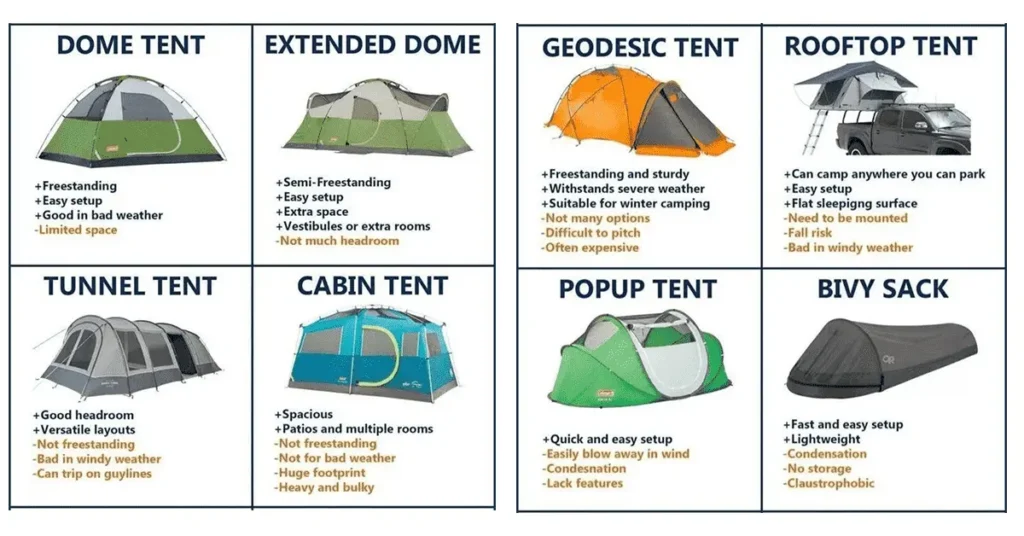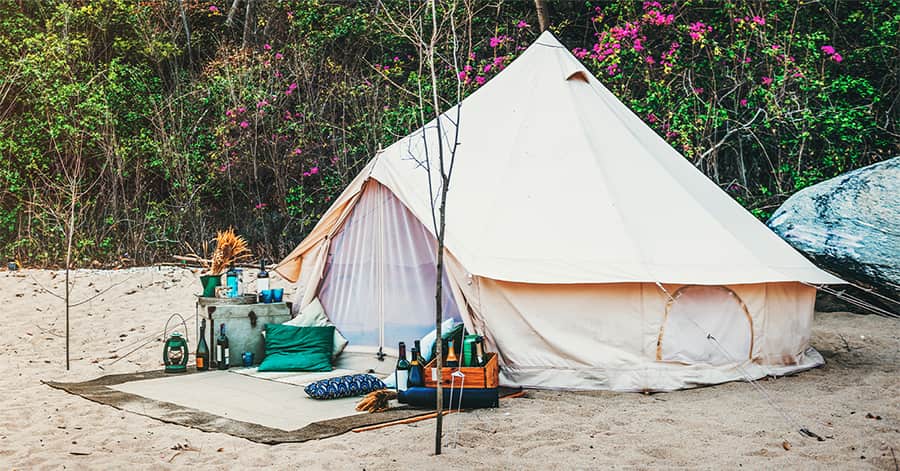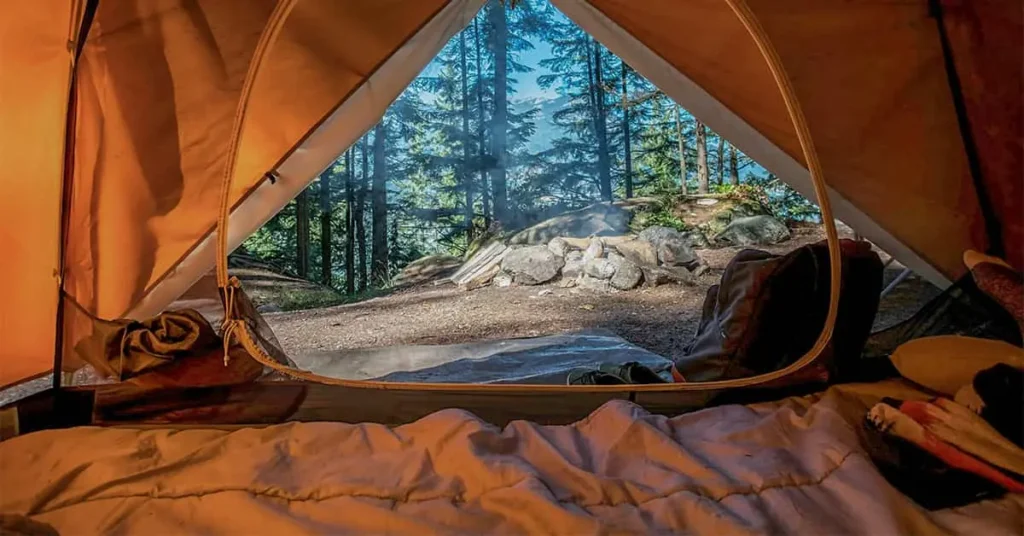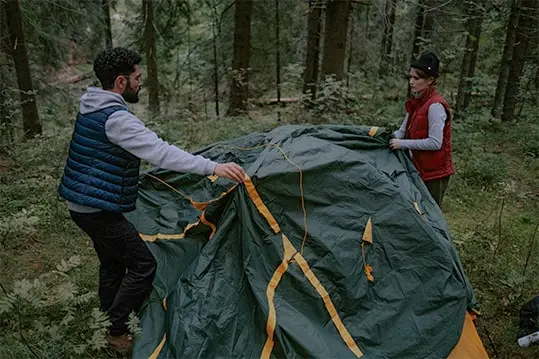Camping is an adventure that brings you closer to nature, allowing you to escape the hustle and bustle of daily life. One of the essential components of any camping trip is setting up your tent. Whether a seasoned camper or a newbie, knowing how to set up your camping tent efficiently can make or break your outdoor experience.
How to set up a camping tent
Choosing the Right Camping Tent
Before you go on your camping trip, it’s crucial to select the right tent for your needs. Consider factors such as the number of people camping, weather conditions, and your destination’s terrain. Additionally, familiarize yourself with the different types of tents available, including dome tents, cabin tents, and backpacking tents.

Preparing for Tent Setup
Thorough preparation is the cornerstone of a memorable camping expedition. Ensure your gear checklist includes all vital equipment like tent stakes, a mallet, and a ground tarp. Moreover, selecting an optimal campsite is crucial; find one that is even, devoid of moisture, and clear from potential hazards like rocks and tree roots to enhance your camping experience.
Related: 13 Things Before You Go Camping, You Should Know
Step 1: Site Selection
Selecting the perfect campsite is the first step in setting up your tent. Look for a flat, level area that is free from rocks, roots, and other debris. Clear the ground of any sticks or branches that could puncture your tent floor, and consider factors such as proximity to water sources and potential wind direction.
Step 2: Unpacking and Organizing
Once you’ve chosen your campsite, it’s time to unpack and organize your gear begin by laying out all tent components, ensuring nothing is missing. By systematically arranging your camping gear, you’ll streamline the process of piecing together your tent swiftly and without hassle.
This list covers the most essential gear.
- Tent (including tent body, poles, stakes, and rain fly)
- Ground tarp or footprint
- Mallet or hammer (for pounding in tent stakes)
- Tent stakes or pegs
- Repair kit (containing patches, seam sealer, and spare parts)
- Guy lines or guylines (for additional stability in windy conditions)
- Tent storage bag or stuff sack (to keep the tent components organized)
Related: The Ultimate Guide to Camping: 10 Tips for Young Adventurers
Step 3: Assembling the Tent Frame
Commence with the construction of your tent’s frame, adhering to the guidelines provided by the manufacturer. Most tents necessitate threading poles through specific sleeves or attaching them to clips, followed by anchoring them with stakes. It’s important to be mindful of the poles’ alignment and tension to guarantee the stability of your tent.

Step 4: Attaching the Tent Body
Once the frame is assembled, it’s time to attach the tent body. Start by draping the body over the frame, ensuring it is oriented correctly with the door facing your desired direction. Secure the tent body to the frame using clips or sleeves, and zip up any doors or windows to keep insects out.
Step 5: Securing the Rainfly
The rainfly is a crucial element of any camping tent, offering protection against rain, wind, and the sun’s harmful UV rays. When attaching the rainfly, ensure it is properly aligned and secured with guy lines or stakes. It’s important that the rainfly envelops the entire tent and extends slightly past the edges to provide optimal coverage and protection.
Step 6: Interior Setup
Once the exterior of your tent is set up, turn your attention to organizing the interior. Strategically place your sleeping gear, including sleeping bags and pads, to create a cozy arrangement that utilizes space efficiently while keeping clutter to a minimum. Utilize storage pockets or organizers to maintain easy access to smaller essentials.

Step 7: Final Adjustments and Inspections
Before calling it a day, take a few moments to make final adjustments and inspections to your tent setup. Check that all stakes and guy lines are properly tensioned and secure, and inspect the tent for any signs of damage or wear. Make any necessary repairs or adjustments to ensure your tent is stable and secure for the duration of your camping trip.
Tips for Maintenance and Longevity
To prolong the life of your camping tent, it’s essential to practice proper maintenance techniques. After each use, clean your tent thoroughly with mild soap and water, and allow it to dry completely before storing it. Store your tent in a cool, dry place away from direct sunlight, and avoid folding or compressing it for extended periods.
so, end up our guide on how to set up a camping tent. By following these seven simple steps and practicing proper maintenance techniques, you can ensure a comfortable and enjoyable camping experience for years to come.




